Missing teeth are no longer a problem! Dental implants offer the most advanced, durable, and natural-looking solution for restoring your smile. An implant, together with its crown, mimics a real tooth both aesthetically and functionally-helping you regain confidence, comfort, and a complete smile.
To book a visit, sign up for a consultation. To clarify the details, our operator will contact you.
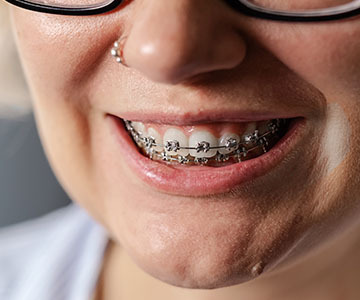
Braces Treatment in Adults
07 December 2023
There is a widespread opinion among the general public that the treatment of tooth row anomalies with braces is only successful in the case of children and adolescents. This opinion is wrong. Straightening teeth with the brace system is possible at any stage of your life, and the treatment result is guaranteed. Keep in mind that before you decide to get braces and book an orthodontist appointment, you need to get your teeth and other oral problems in order. See a dentist, treat cavities, and have your teeth professionally cleaned. The healthier the teeth are during the treatment with braces, the more comfortable the patient feels because the discomfort of daily use of the brace system is no longer accompanied by additional problems caused by the need to treat a damaged tooth.
What Types of Braces Exist?
Metal braces are considered to be the most widespread construction in clinical practice today. Metal self-ligating brackets are attached to the outer surface of the tooth (vestibularly); it is strong, reliable, and most importantly, the most affordable compared to other alternatives on the market. Self-ligating braces, like metal and ceramic braces, are attached to the tooth from the outside. A different feature of self-ligating braces is that the braces hold the archwire themselves, meaning that the archwire is not attached directly to the bracket. All this allows us to use weaker tension and, accordingly, to make the treatment process more comfortable and painless for the patient. Ceramic self-ligating braces, like metal braces, are attached to the outer surface of the tooth. Its color can be matched to any tooth tone, which is why it is less noticeable than metal braces. Because of the visual effect, the majority of patients today choose ceramic braces. Sapphire Braces - Sapphire braces are made from man-made sapphires that are completely safe for humans. The main advantage of the sapphire bracket is its appearance; it is more difficult compared to the ceramic bracket. Lingual braces, i.e., internal tooth braces, are the newest method of orthodontic treatment. The lingual bracket is attached to the surface of the tooth, from the side of the tongue, which makes it completely invisible visually. In many cases, lingual braces are chosen by patients who do not want the brace system to be visually visible. Aligners - instead of braces, orthodontic treatment is possible with individual caps, the same as aligners. The advantage of cap treatment is that it is not visible, and the patient can remove it at any time.
How Long Does the Braces Procedure Last, and How to Prepare for It?
The duration of the braces installation procedure depends on the specifics of the patient's oral cavity and the complexity of the work to be performed. Therefore, each procedure is individual but generally lasts from 45 to 60 minutes. On the day of the consultation with the orthodontist, while the brace system should already be installed, it is very important for the patient to take into account a few simple rules. Brush your teeth with a brush to help remove as much plaque as possible. Also, avoid eating foods that can easily accumulate in the space between the teeth (for example: nuts, popcorn, as well as oranges, kiwi, etc.). Allocate more time than usual. Less salivation will make the process of installing braces more comfortable for you. As for teeth whitening before the installation of braces, the specialists of "Blits Dental - Kakhaber Kharebava Clinic" recommend the teeth whitening procedure, not before the installation of the brace system, but after the treatment because, first of all, the result of whitening will be more noticeable, both for you and for those around you. Cleaning of all teeth is recommended once every 6 months.
Recommendations for Care of Braces
Once you get braces and begin the treatment process, it's important to know what changes you'll need to make to your daily oral care routine. You should definitely brush your teeth after every meal, not less than 10 minutes. A single fiber brush cleans the brackets and their surrounding surfaces, the spaces between the teeth, the teeth along the gums. You cannot chew, bite or chew solid food during treatment with braces. Most importantly, avoid chewing gum.
During pregnancy, hormonal changes can cause gum inflammation, bleeding, enamel erosion, and an increased risk of cavities. That’s why visiting the dentist during pregnancy is especially important.
Gnathology is one of the leading branches of 21st-century dentistry. It forms the foundation for any complex dental treatment planning
Tooth loss (edentulism) affects not only the appearance of your smile but also the overall functional health of your oral cavity
Dental veneers can be made from various materials, but ceramic (porcelain) veneers are the most widely used.
Modern aesthetic and functional dentistry is continually evolving, striving to identify restorative materials that combine exceptional strength
The eruption of baby teeth is one of the most important stages in a child’s early development.
Modern dentistry increasingly emphasizes the importance of orthodontic care.
Oral health care begins long before the first permanent tooth erupts.
A smile is one of the key elements of a person’s visual identity. It conveys confidence and positivity. However, the beauty of a smile is not only an aesthetic factor—it is directly connected to oral health.
Orthodontic treatment has long gone beyond the limits of traditional metal braces.
Dental implantation is the best method for restoring missing teeth. However, for the procedure to be successful, the jawbone must have sufficient volume and density.
Dental implantation is one of the most effective and safest surgical procedures in modern dentistry for restoring missing teeth.
Initial endodontic (root canal) treatment is usually successful and helps preserve the natural tooth.
Root canal treatment, also known as endodontic therapy, is one of the most frequently discussed yet often misunderstood dental procedures.
Tooth decay is one of the most common dental conditions, involving damage to the hard tissues of the teeth
Modern dentistry is constantly evolving, offering improved methods for solving complex issues.
Today, there are numerous teeth whitening options—both at home and professionally done.
Modern dental clinics are equipped with special equipment that ensures the safe use of anesthesia.
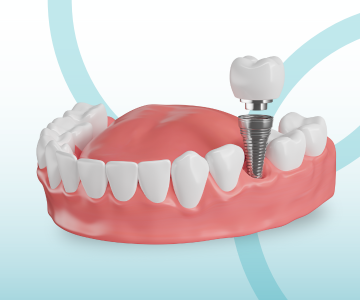

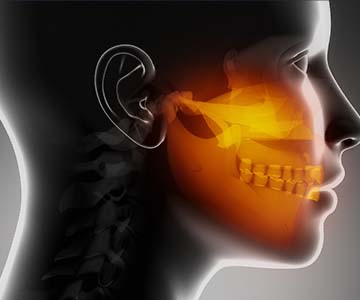
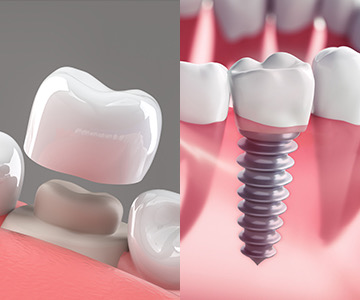
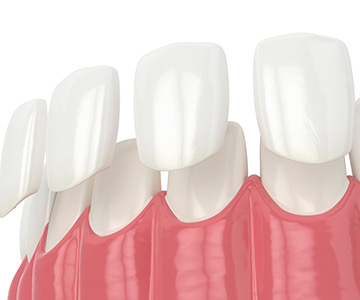



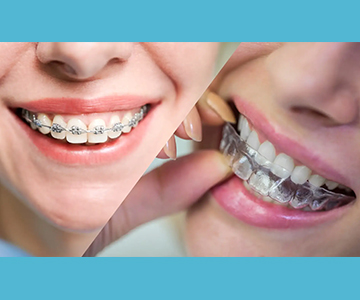
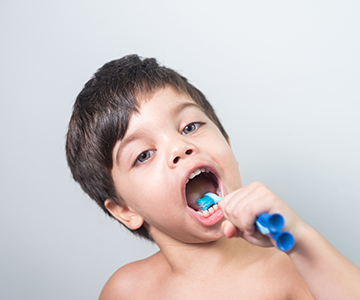
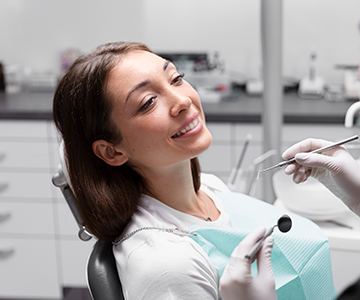
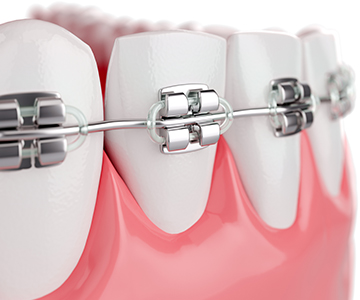
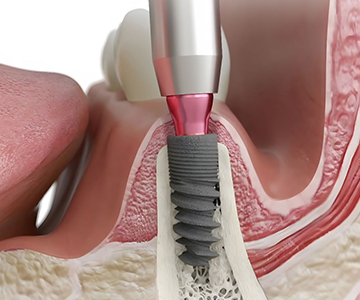
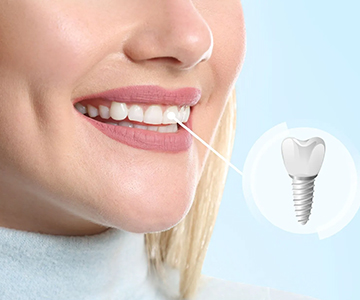
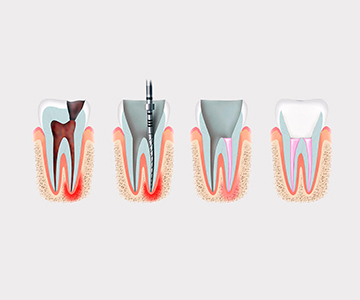
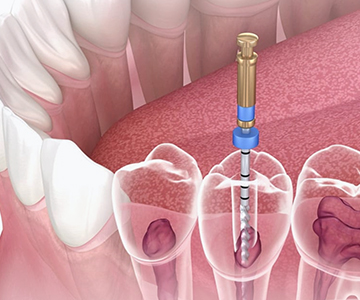
.jpeg)
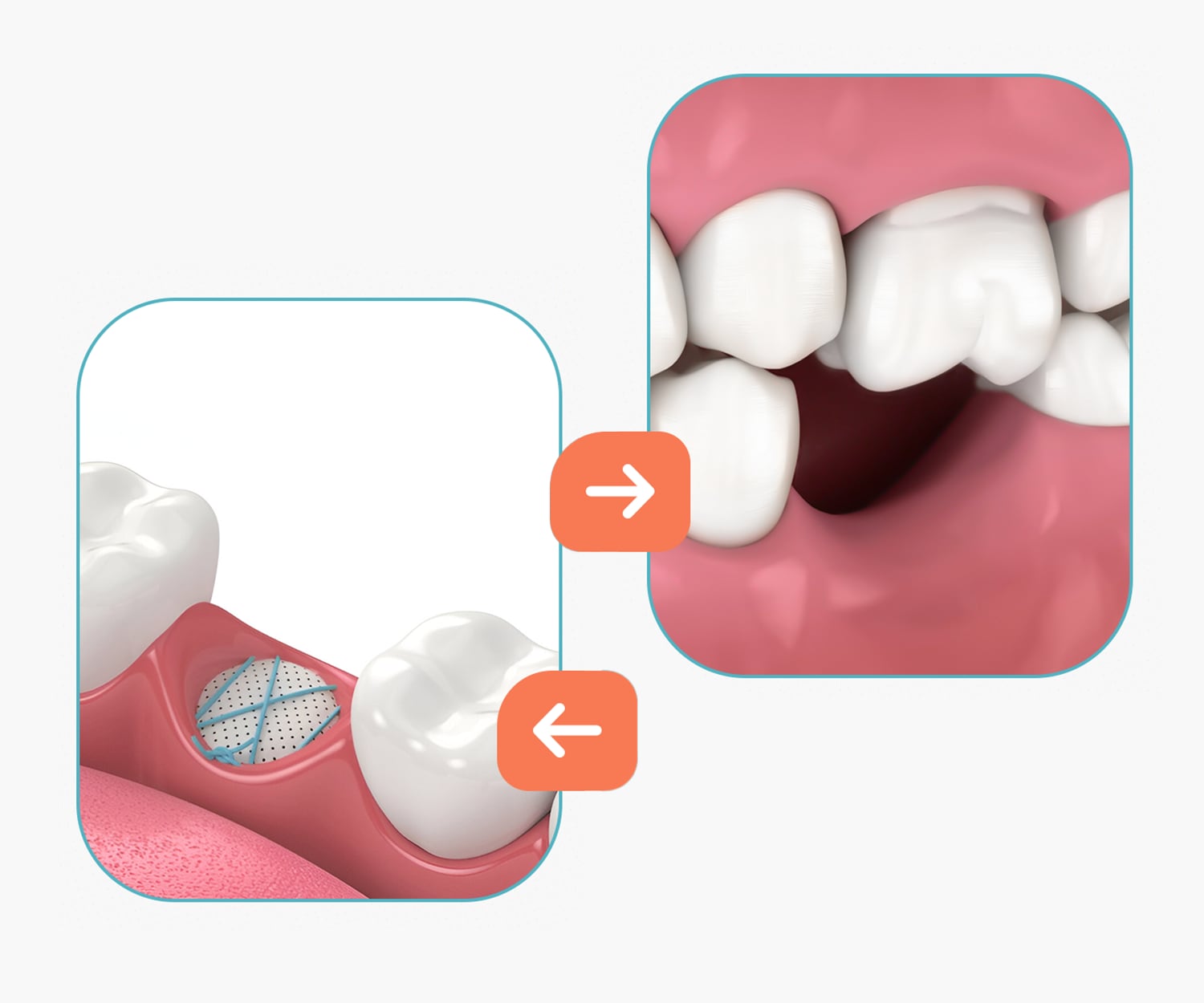
.jpeg)
